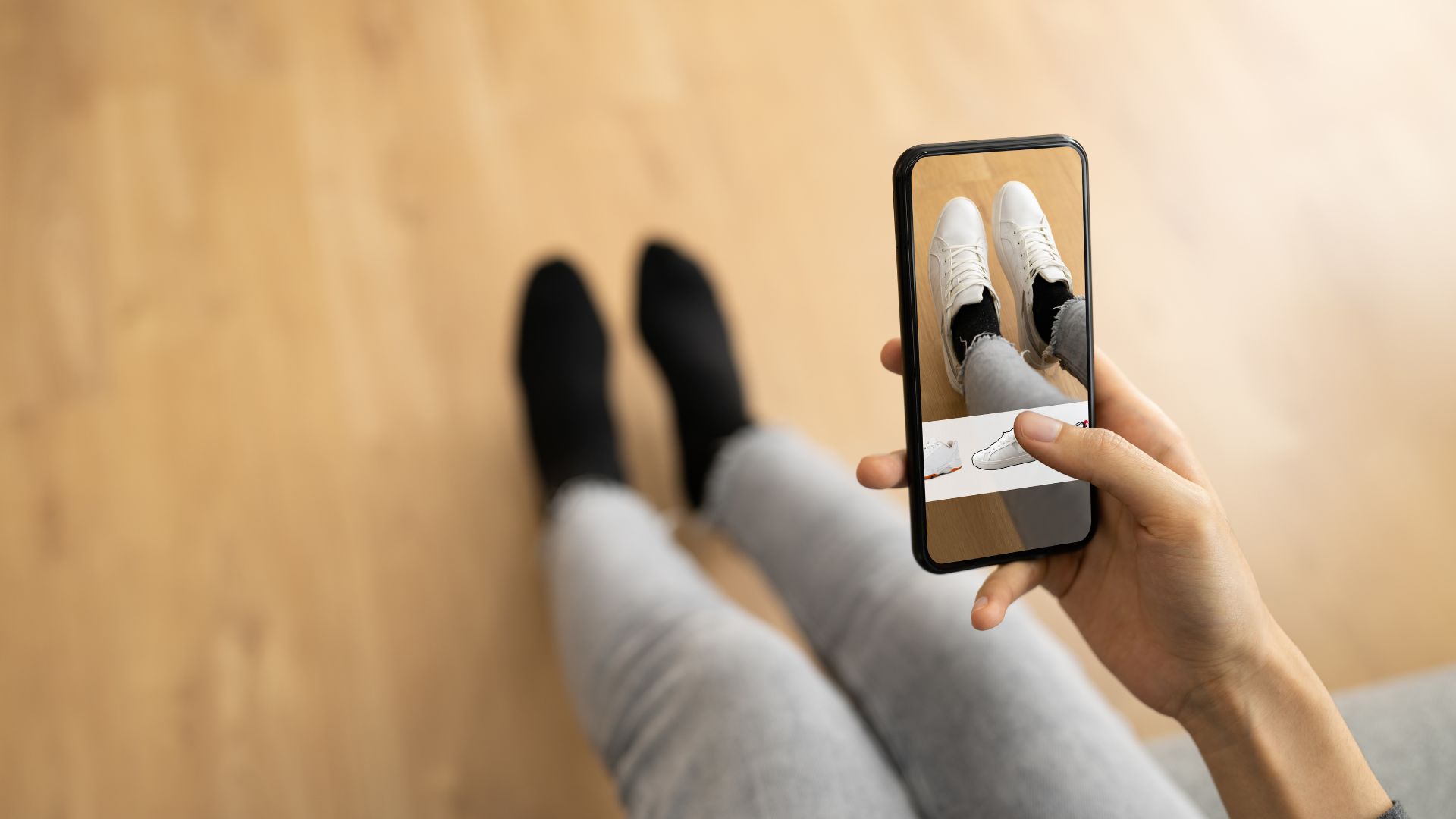Imagine stepping into your favorite store, browsing through endless aisles, and picking out items without leaving the comfort of your home.
Stay tuned as we delve into the exciting world of virtual reality online shopping, exploring its benefits, challenges, and potential to revolutionize the retail industry.
Virtual Reality Online Shopping
From being dismissed as just another gaming novelty, Virtual Reality (VR) now changes the trajectory of online shopping. With this leap in Scientific advancements, customers find themselves transported into virtually crafted vehicles of commerce.
The Concept Defined
Put simply, Virtual Reality Online Shopping immerses clients into digital shopping environments through the use of VR technology. Gone are the days of scrolling through infinite product images. In this authentic shopping experience, customers don headsets and browse simulated store aisles, examine merchandise and even ‘try them on’.
The Technology Behind Virtual Reality Shopping
Delving into the depths of the technology that powers VR shopping, it becomes clear that the blend of hardware and software play a pivotal role in the immersive experience offered by virtual reality.
VR Hardware Essentials for a Seamless Experience
Primarily, on the hardware front, VR headsets such as from Oculus VR and HTC Vive dominate the industry. These headsets, equipped with tailored sensors and a high field of view lenses, create a robust VR environment.
Software Platforms Paving the Way
On the software side, platforms like Unreal Engine and Unity3D emerge as the foundation of VR shopping applications. From crafting sophisticated 3D replicas of physical shops to simulating real-time interactions, these platforms provide critical components for VR retail experiences.
The Virtual Shopping Experience
Immersive Product Interaction
VR shopping paves the way for immersive product interaction. A significant perk of virtual reality in shopping lies in allowing shoppers a near-to-real experience. Gone are days when customers relied solely on static images and product descriptions. VR technology, paired with dynamic 3D modelling, lets customers interact and inspect products from all angles, at their own pace.
Virtual Try-Ons and Personalization
Another transforming aspect brought about by virtual reality online shopping is the advent of virtual try-ons and personalization. Many fashion retailers, such as ASOS and Zara, equip their e-stores with VR capabilities that allow customers to “try on” outfits virtually. This technology brings several benefits, including elimination of size and fit uncertainties, reducing product returns.
Advantages of Virtual Reality in E-Commerce
Understanding the role of Virtual Reality (VR) in e-commerce presents an exciting study in customer engagement, personalization, and interaction experience. With its ability to recreate tactile and immersive environments, VR exacerbates the advantages of online shopping.
Enhanced Customer Engagement
Harnessing the power of VR, e-commerce platforms generate luminary shopping experiences. Harnessing virtual reality, they facilitate 360-degree views of products, simulating a sensory-rich shopping environment.
Overcoming the Limitations of Traditional Online Shopping
Virtual Reality introduces a game-changing aspect in the realm of online shopping. Traditional digital shopping platforms often struggle with eliminating spatial restrictions and tactile dissatisfaction. Consider instances where consumers restrain from buying apparel or furniture online in view of potential fit or mismatch issues.
Challenges in Virtual Reality Online Shopping
As the application of Virtual Reality (VR) ascends in online shopping, several obstacles persist. These hurdles range from technical limitations, user adaptability issues, accessibility hurdles, to cost implications. This section confronts these challenges, underpinning the integral strides required to solve them.
Must Know
Virtual reality online shopping impact can’t be overstated. It’s revolutionizing the way consumers shop, bringing the in-store experience right to their fingertips. Companies like IKEA, Alibaba, Walmart, Amazon, Lenskart, and Tommy Hilfiger are already leveraging VR’s potential, offering immersive, personalized shopping experiences. The future of e-commerce looks promising, with VR expected to become an integral part of daily shopping practices. The global market for VR in retail is set to skyrocket, overcoming accessibility challenges and offering life-like 3-D product models and virtual trial rooms. It’s clear that VR is not just shaping the future of e-commerce but transforming it completely.
